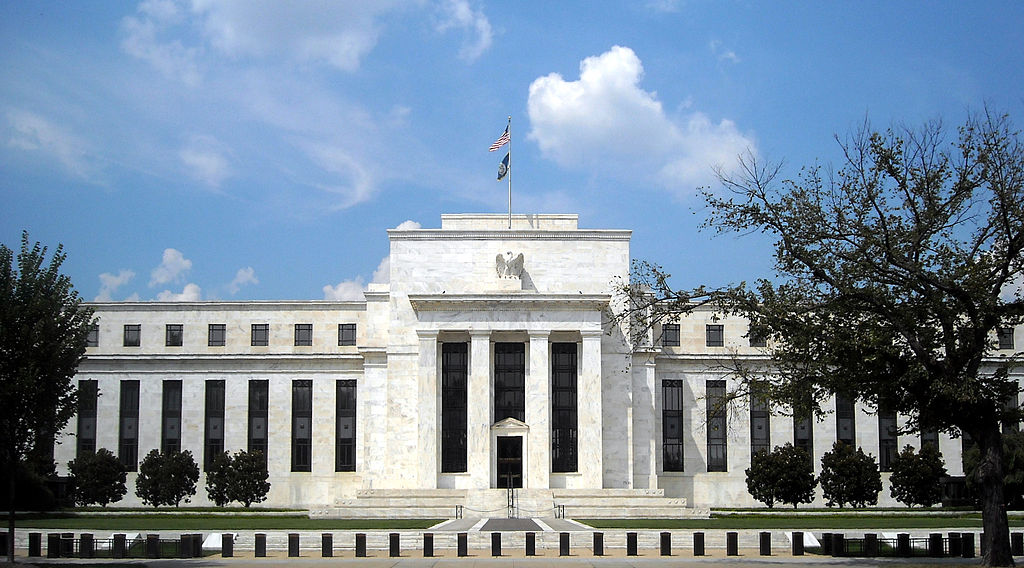Reviews
Understanding the Federal Reserve’s G.19 Consumer Credit Report

Every month, the Federal Reserve releases an important report called the G.19 Consumer Credit Report. It might not make headlines every time, but for economists, investors, and everyday readers who care about the economy, it’s one of the best ways to understand how Americans are using credit.
In simple terms, this report tracks how much people in the United States are borrowing, what types of loans they are taking, and whether their debt levels are growing or shrinking.
By looking closely at the G.19 report, you can see real-world patterns, like how confident people feel about the economy, how much they’re spending on big purchases, and whether credit card use is rising or falling.
What the G.19 Report Actually Covers?
The G.19 Consumer Credit Report focuses on consumer debt, which means borrowing by individuals rather than businesses or the government. It includes two main categories:
- Revolving Credit: This mainly refers to credit cards. When people use cards to make purchases and pay them off over time, that’s revolving credit.
- Nonrevolving Credit: These are fixed-term loans, like car loans, student loans, and personal loans that are paid back in installments.
Together, these two types of credit give a snapshot of how much debt American consumers are carrying, and whether they are borrowing more or less each month.
Why Does the G.19 Report Matters?
This report might seem technical at first, but its findings have real consequences for almost everyone. Banks, businesses, and even everyday shoppers can learn a lot from it.
Here’s why it matters:
- Economic Confidence: When people borrow more, it often signals that they feel secure about their jobs and income.
- Spending Patterns: Consumer borrowing is directly tied to spending. More borrowing usually means stronger retail sales and higher demand for products.
- Policy Insights: The Federal Reserve uses this data to monitor economic activity and make informed decisions about interest rates.
- Financial Health Indicators: If borrowing grows too quickly, it could point to financial stress or inflationary pressure.
Essentially, the G.19 report acts like a thermometer for the U.S. economy, showing whether households are heating up or cooling down in terms of spending and credit use.
How is the Data Collected?
The Federal Reserve compiles information from a variety of financial institutions, including commercial banks, finance companies, and federal lending programs. The data is adjusted for seasonal trends, which helps show true month-to-month changes without temporary distortions like holiday spending.
The report provides figures for both the dollar value of outstanding consumer credit and the percentage change from previous months. This makes it easier to track whether borrowing is speeding up or slowing down.
Trends That Economists Watch Closely
When the report is released, experts focus on a few key indicators to understand where the economy might be heading next. Some of the most important trends include:
- Credit Card Balances: A rise in revolving credit can mean stronger consumer confidence, but if balances grow too quickly, it may also signal household debt concerns.
- Auto and Student Loans: These categories show how much consumers are investing in transportation and education.
- Growth Rate of Total Credit: Analysts compare the monthly growth rate with past years to gauge whether borrowing is accelerating or stabilizing.
- Interest Rate Sensitivity: When interest rates rise, borrowing usually slows down. Watching the G.19 helps confirm whether that pattern is holding true.
By tracking these numbers, financial analysts and policymakers get a clearer picture of consumer behavior across the country.
What the Latest Report Shows?
As of the most recent source, the G.19 data offers valuable insight into how American consumers are managing credit in today’s changing economy. It highlights the pace at which credit card use, auto financing, and student borrowing are shifting.
Recent trends suggest that consumers continue to rely on credit, but their borrowing habits are influenced by inflation, interest rates, and job stability. These numbers are more than just statistics, they tell a story about confidence, caution, and the rhythm of economic life in the U.S.
The Connection Between Consumer Credit and the Economy
Consumer credit isn’t just a measure of debt, it’s also a measure of trust in the future. When people feel confident, they borrow to buy cars, attend college, or make big purchases. When they’re worried about inflation or job uncertainty, they hold back.
That’s why the G.19 report serves as an early signal for broader economic trends. If borrowing starts to dip significantly, it could suggest slower spending ahead. On the other hand, a steady rise might indicate that households are adjusting well to interest rate changes and maintaining healthy spending habits.
The Role of Interest Rates
Interest rates have a direct impact on consumer borrowing. When the Federal Reserve raises rates, loans and credit cards become more expensive. This usually cools down borrowing and slows spending. When rates fall, credit becomes cheaper, encouraging more borrowing and stimulating demand.
The G.19 report helps measure how these rate adjustments are affecting real behavior, not just predictions. It gives policymakers feedback on whether their decisions are influencing consumers as intended.
How Businesses Use This Information?
While the G.19 report may seem designed for economists, many industries rely on it to plan ahead:
- Retailers use it to forecast sales and adjust inventory.
- Banks track it to understand credit demand and risk.
- Car manufacturers monitor loan growth for new vehicle purchases.
- Investment firms study it to identify potential market shifts.
Even small changes in consumer credit can signal turning points in economic growth, so this report is widely read across the financial world.
A Reliable Window into Consumer Behavior
One of the best things about the G.19 report is its consistency. Released every month, it builds a continuous record of consumer behavior stretching back decades. This long-term view allows economists to compare current borrowing habits with historical patterns and identify when things are changing faster than usual.
Over time, the data has shown how major events, like recessions, recoveries, or policy changes, affect household borrowing. It’s a reminder that credit plays a vital role in the overall stability and momentum of the economy.
Final Thoughts
The Federal Reserve’s G.19 Consumer Credit Report might not sound exciting at first glance, but it’s a key piece of the economic puzzle. It reveals how Americans borrow, spend, and adapt to changing financial conditions.
For anyone interested in understanding the pulse of the U.S. economy, reviewing the latest figures from the source is a smart way to stay informed. It’s not just about numbers, it’s about what those numbers say about confidence, opportunity, and the choices shaping the country’s financial future.

-

 US News5 days ago
US News5 days agoJetBlue flight diverts to Tampa after altitude drop injures at least 15
-

 World1 week ago
World1 week agoU.S. Navy helicopter and fighter jet crash in South China Sea; all crew rescued
-

 Legal1 week ago
Legal1 week agoMultiple injured in shooting at Lincoln University in Pennsylvania
-

 World2 days ago
World2 days agoStrong 6.3 earthquake strikes northern Afghanistan; felt across Pakistan
-

 World3 days ago
World3 days ago10 people stabbed on train in Huntingdon, England
-

 World2 days ago
World2 days agoProtesters storm government building in Mexico after killing of local mayor
-

 US News5 days ago
US News5 days agoTrump says U.S. will resume nuclear weapons testing ‘on an equal basis’
-

 US News7 days ago
US News7 days agoDamage reported in Kilgore, Texas following tornado warning




